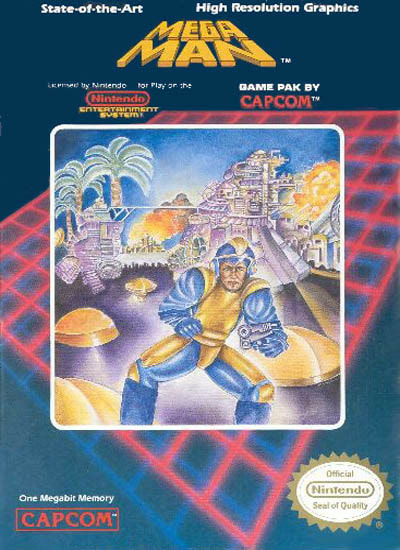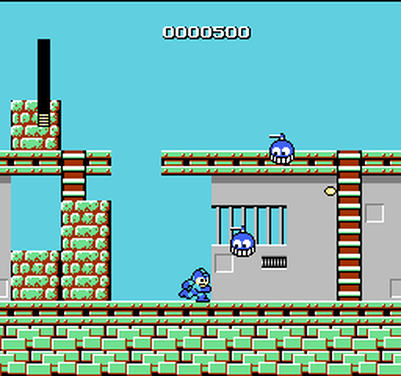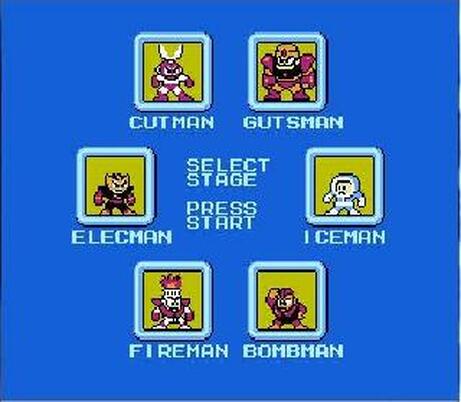Re: Games Beaten 2019
Posted: Tue Jan 22, 2019 11:36 am
I love Castlevania: The Adventure, though I realize that nostalgia is a powerful drug.
noiseredux wrote:@null: YEAH! I replayed SMW earlier this month, and yup - it's still my favorite of those early 2D games. By far.
PresidentLeever wrote:SMW has tighter controls though - breaking and acceleration is faster, you have more mid-air control, block carrying/throwing is more advanced and the spin attack is better. I actually think they're a bit too good for the difficulty level of the game.
BoneSnapDeez wrote:Man Super Mario World is just so damn addictive. I shoot for that *96 every time I play.








BoneSnapDeez wrote:I still can't beat the original Mega Man.
1. Ys III: Wanderers from Ys (Famicom)
2. Dragon Scroll: Yomigaerishi Maryuu (Famicom)
3. Ninja-kun: Majou no Bouken (Famicom)
4. Hello Kitty World (Famicom)
5. Galaxian (Famicom)
Taito's Space Invaders was quite the revelation when it launched in 1978. Not only did it revolutionize the arcade scene (and, later, the home console scene), but the game also spawned a legion of single-screen shooting imitators. Truth be told, I've never been head over heels in love with Space Invaders -- those barriers are as much of a curse as they are a blessing, and I find myself tapping out quickly as the alien hive inevitably crushes my hapless ship by stage two or three. Come 1979 Namco crafted their own arcade shooter, known as Galaxian, which soon found itself a heavily-ported smash hit. One such port, for the Famicom (Namco cart #1), arrived in 1984. Oddly enough, despite the game's popularity, a North American NES cart was never released. I can only guess that by the time Nintendo's debut system launched in America games like Galaxian were considered to be a generation behind, too primitive for the fledgling hardware (on a similar note, Space Invaders also never made the leap from Fami to NES).
The basics of Galaxian can be understood within minutes, with subsequent hours, days, and years spent chasing high scores. Gameplay is simple. The player controls a ship, the Galaxip, which can only move left and right and fire upward. The upper area of each screen is filled with an assortment of hostile aliens, sporadically firing downward. Unlike Space Invaders, the aliens of Galaxian occasionally break formation, veering off in kamikaze dives towards the Galaxip. Avoid the swooping aliens, and they'll loop from screen bottom back to top. A stage is completed when all enemies are vanquished, whereupon the player is whisked away to a similar environment with progressively more hostile foes.
It's a simple formula, executed quite brilliantly. There's some subtle strategy to the game. Only one player bullet can appear on the screen at once, so button-mashing must be eschewed in favor of well-timed shots. It's surprisingly easy to miss the aliens - even when a new stage has begun and the screen is full of 'em - as bullets can travel through the tiny gaps between each enemy column. The swooping aliens can be tough to contend with as well, especially in later stages, and one has to quickly decide whether to attempt a shoot-down, or quickly dodge the oncoming assault and wait until foes reappear at the screen's top. "Getting good" at Galaxian is really a matter of steady practice -- eventually it becomes easier to judge the speed of oncoming foes and the attack patterns begin to feel predictable. For the most part.
All of the console ports of Galaxian turned out surprisingly well, this one included. This Famicom version feels very close to the arcade original, with the most obvious difference being that of aspect ratio. The graphics here are simplistic, but competent, with a fantastic looking array of alien baddies. The scrolling starfield (revolutionary for the time) is a nice touch, as are the flag icons used to represent the current stage. There isn't much "music" to speak of, but the sound effects are nostalgic gold.
Galaxian is a game that does one thing, and does it well. As there are seemingly countless available North American variations available today I wouldn't say that this specific Famicom release is absolutely essential. But anyone exploring the early days of the console (that pre-SMB era) should give this one a spin.